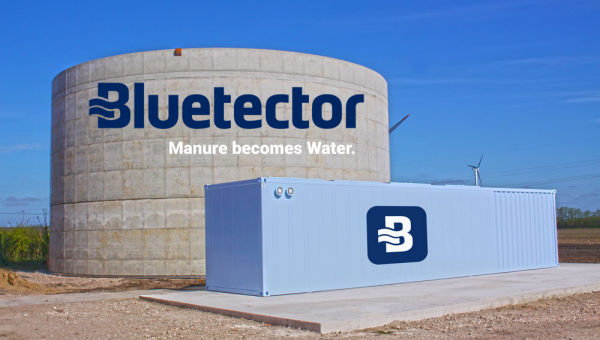Climeworks: a technology to reverse climate change
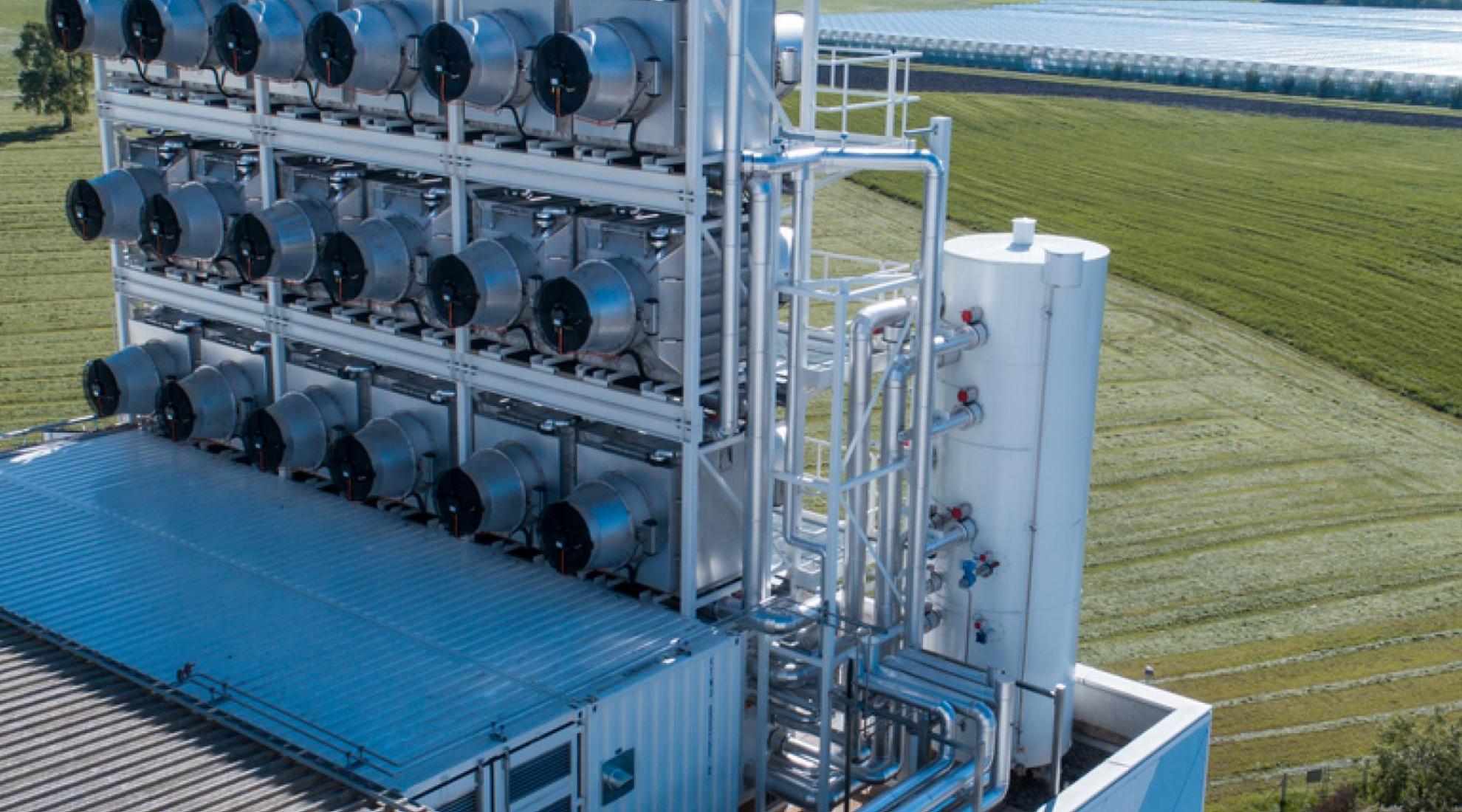
Swiss company Climeworks has developed a technology called direct air capture, which removes carbon dioxide from ambient air. Since the company was founded in 2009, its technology has made its mark in several different sectors. Climeworks aims to inspire one billion people to remove CO2 from the air.
As humanity sets out to save the planet, will we have to remove carbon dioxide (CO2) from the air to prevent the earth from turning into a furnace? The report of the Intergovernmental Panel on Climate Change (IPCC) of 8 October 2018 clearly says: all scenarios to limit global warming to 1.5°C involve extracting atmospheric CO2 in huge volumes – between 100 and 1’000 billion tons by 2100 – which is two to twenty times the current annual total amount of global greenhouse gas emissions.
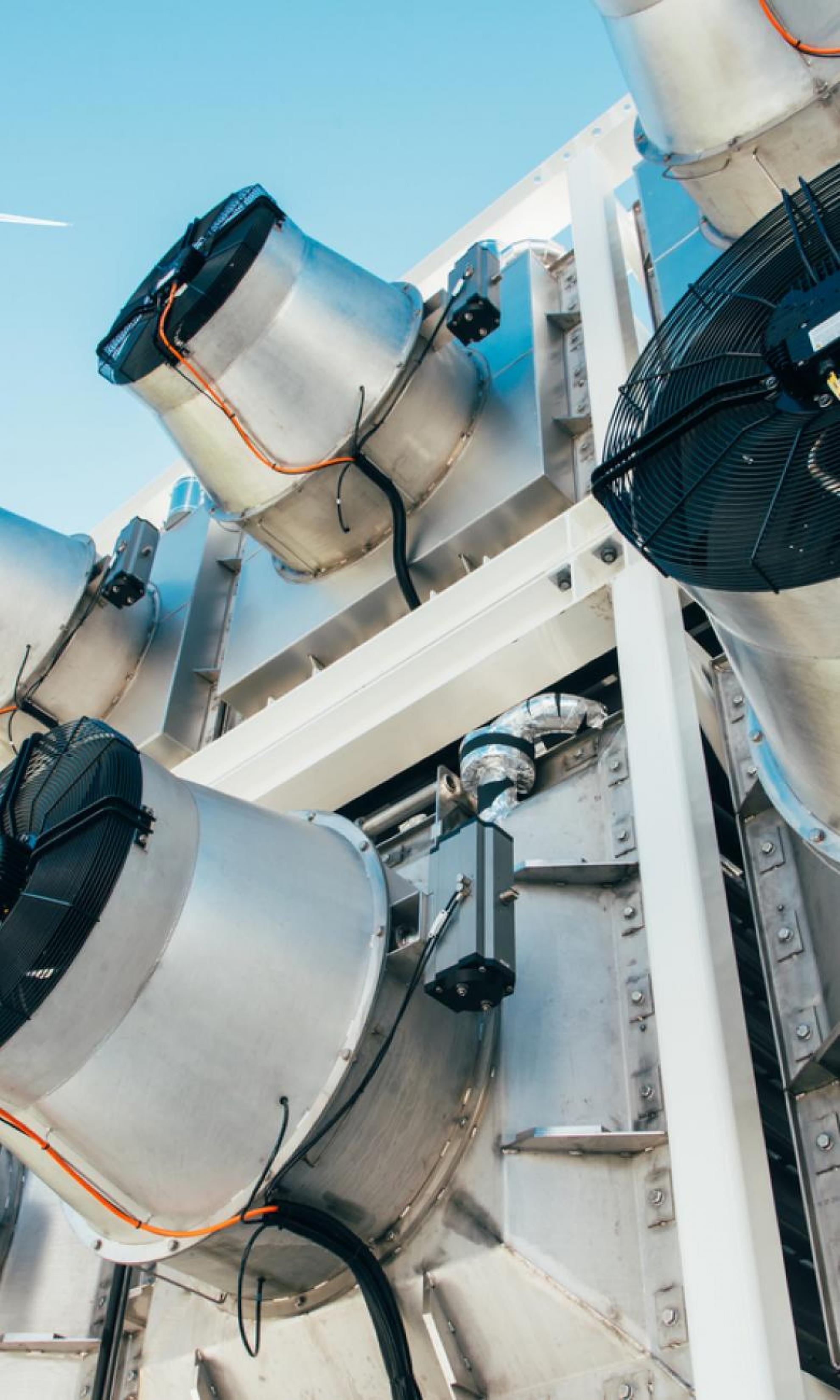
Boom in negative emissions
Removing CO2 from the air is what scientists call negative emissions. On paper, there are several ways to achieve this. The easiest way is to plant forests. Trees are natural carbon sinks, capturing CO2 through photosynthesis and storing it in their trunks, branches and roots, as well as in the soil. But not enough land area is globally available to capture between 100 and 1’000 billion tons of CO2 with trees alone. Also, the permanence and verification of the removed CO2 cannot always be guaranteed since wildfires or deforestation can destroy trees and release the CO2 back into the atmosphere. A second possibility is based on bioenergy. This consists in cultivating fast-growing plants. But here again, more than 700 million hectares would have to be devoted to these crops by 2050, which is unrealistic.
There is a third way that is emerging – using technology to capture CO2 directly from the air and storing it underground (direct air capture and storage). Several companies are exploring this avenue, such as the Swiss company Climeworks, which has developed direct air capture machines that filter ambient air and collect the carbon dioxide before injecting it underground. Climeworks aims to inspire one billion people to remove CO2 from the air. This far-from-ridiculous solution is the brainchild of Christoph Gebald and Jan Wurzbacher, two engineers from the Swiss Federal Institute of Technology Zurich (ETH Zurich).
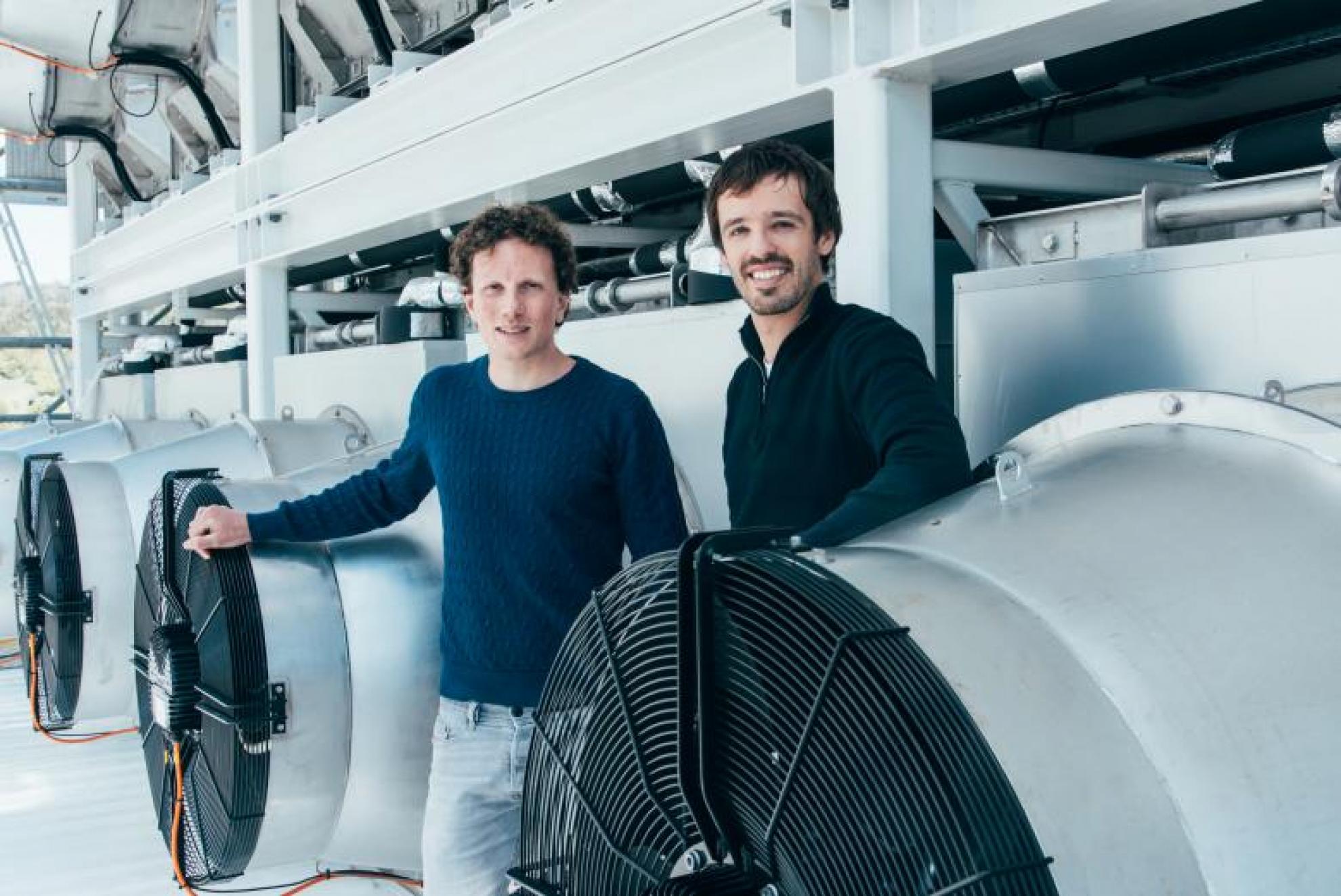
Christoph Gebald and Jan Wurzbacher are engineers from ETH Zurich. Together they have developed a technology called direct air capture, which removes CO2 directly from the atmosphere by capturing and storing it.
Climeworks makes carbon dioxide removal a reality
In Iceland this idea has already become reality. In 2017 Climeworks set up a plant that combines direct air capture with a safe and permanent underground storage method, developed by their partner Carbfix. Through natural mineralization the captured CO2 reacts with the basalt rock and turns into stone within a few years. Climeworks made this solution accessible to everyone: in 2019, the company launched its carbon dioxide removal service. Anyone can subscribe to this service and Climeworks removes carbon dioxide from the air in their name.
Interest in carbon dioxide removal solutions is continuously increasing and Climeworks has attracted several corporate customers as well, such as Stripe andShopify. Businesses play an important role in building a market for carbon dioxide removal and scaling solutions like direct air capture.
In 2020, Climeworks is taking carbon dioxide removal to the next level in Iceland: the company is constructing a new, much larger facility, called “Orca”. Orca will be able to permanently and safely remove 4’000 tons of carbon dioxide from the air per year. It is thus the world’s biggest climate-positive direct air capture plant to date.
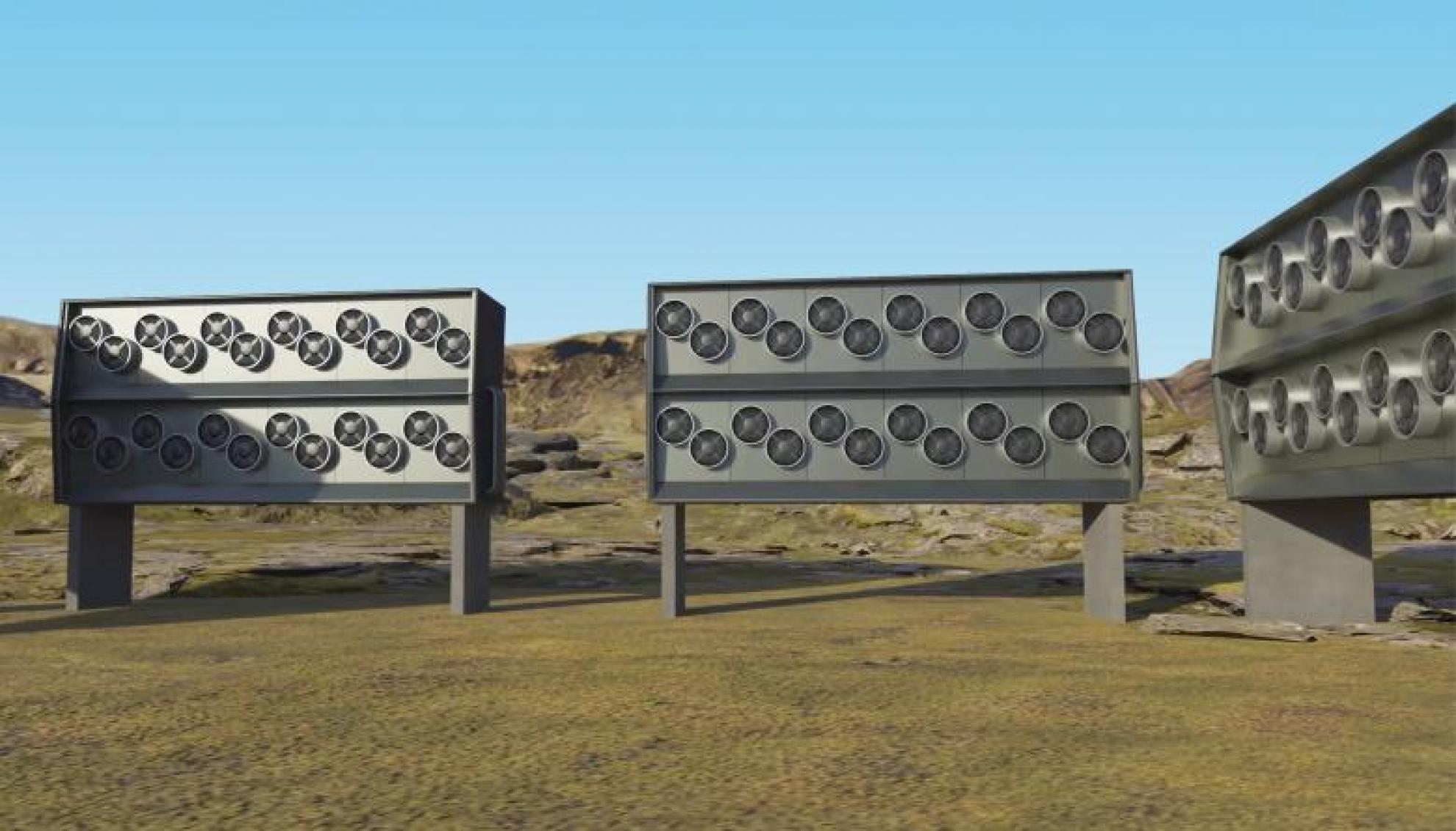
Climeworks carbon removal plant Orca in Iceland.
Further applications of direct air capture
Besides safely and permanently storing it, Climeworks’ air-captured CO2 can be upcycled into climate-friendly products such as carbon-neutral fuels and materials. In this particular field Climeworks is involved in several projects and partnerships. For example, in 2020, it became part of the new European consortium Norsk e-Fuel, which aims at making unlimited renewable fuel a reality. Given the world's climate emergency, the two Climeworks founders are confident about the future of their company, which is already applying its solutions in a wide range of areas.
Towards democratization
After these successful implementations of the technology, Climeworks is also attracting the attention of several investors. By raising CHF 100 million in 2020 from private investors – the largest ever investment into direct air capture – Climeworks shows just how much interest the technology is generating. This sum enables the company to further scale and optimize its technology and make it accessible to even more stakeholders; people, businesses and organizations alike. Climeworks has a detailed scale-up roadmap in place and a longer-term cost target of USD 100 per ton of CO2.
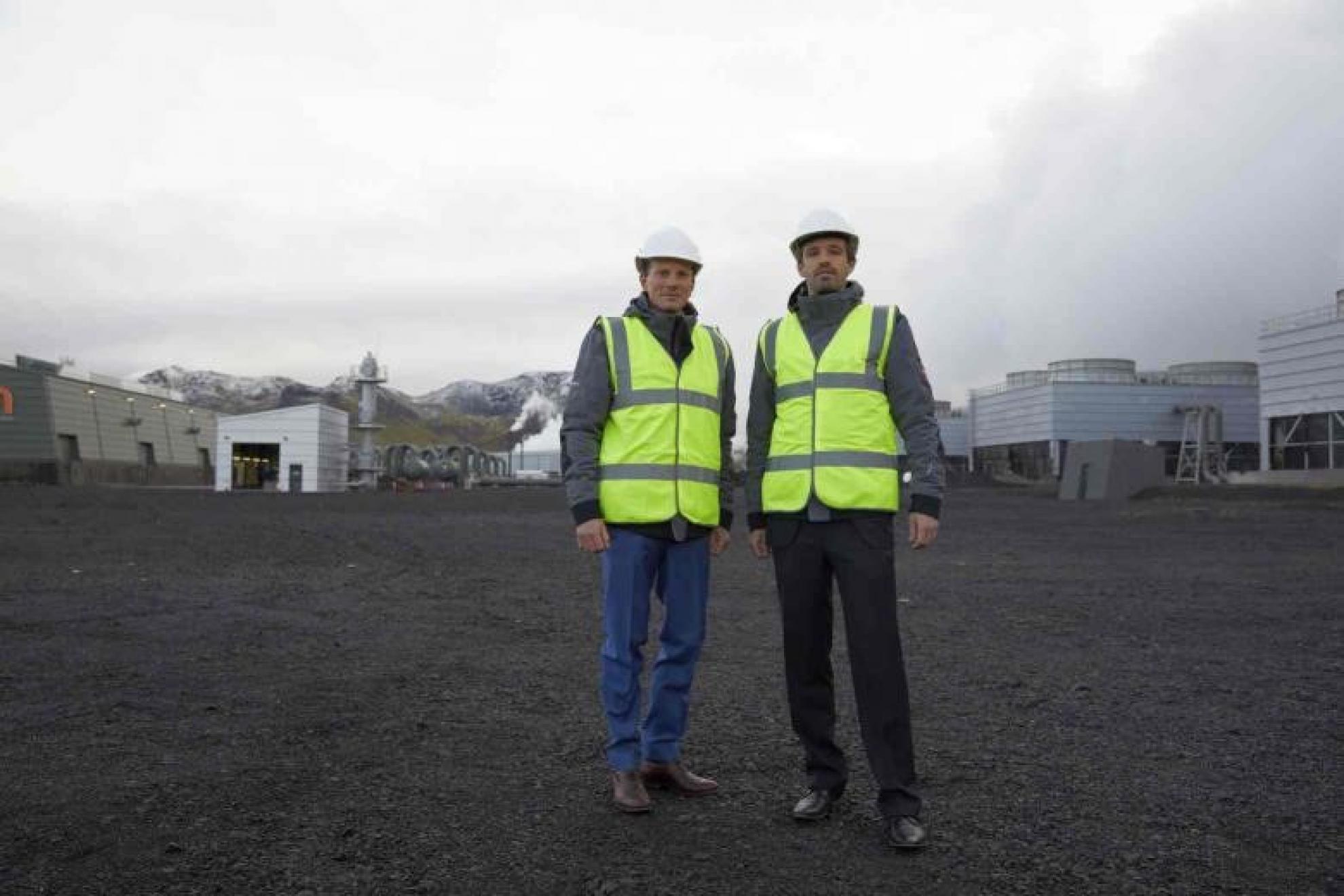
In 2017, Climeworks set up a plant in Iceland. Here, the CO2 is safely and permanently stored via rapid underground mineralization, a CO2 storage method developed by Carbfix.



